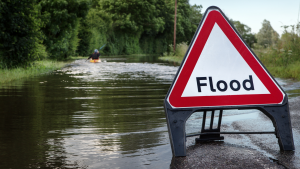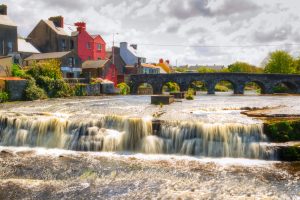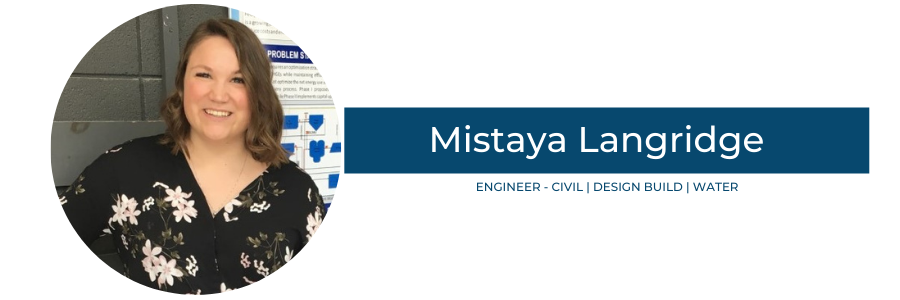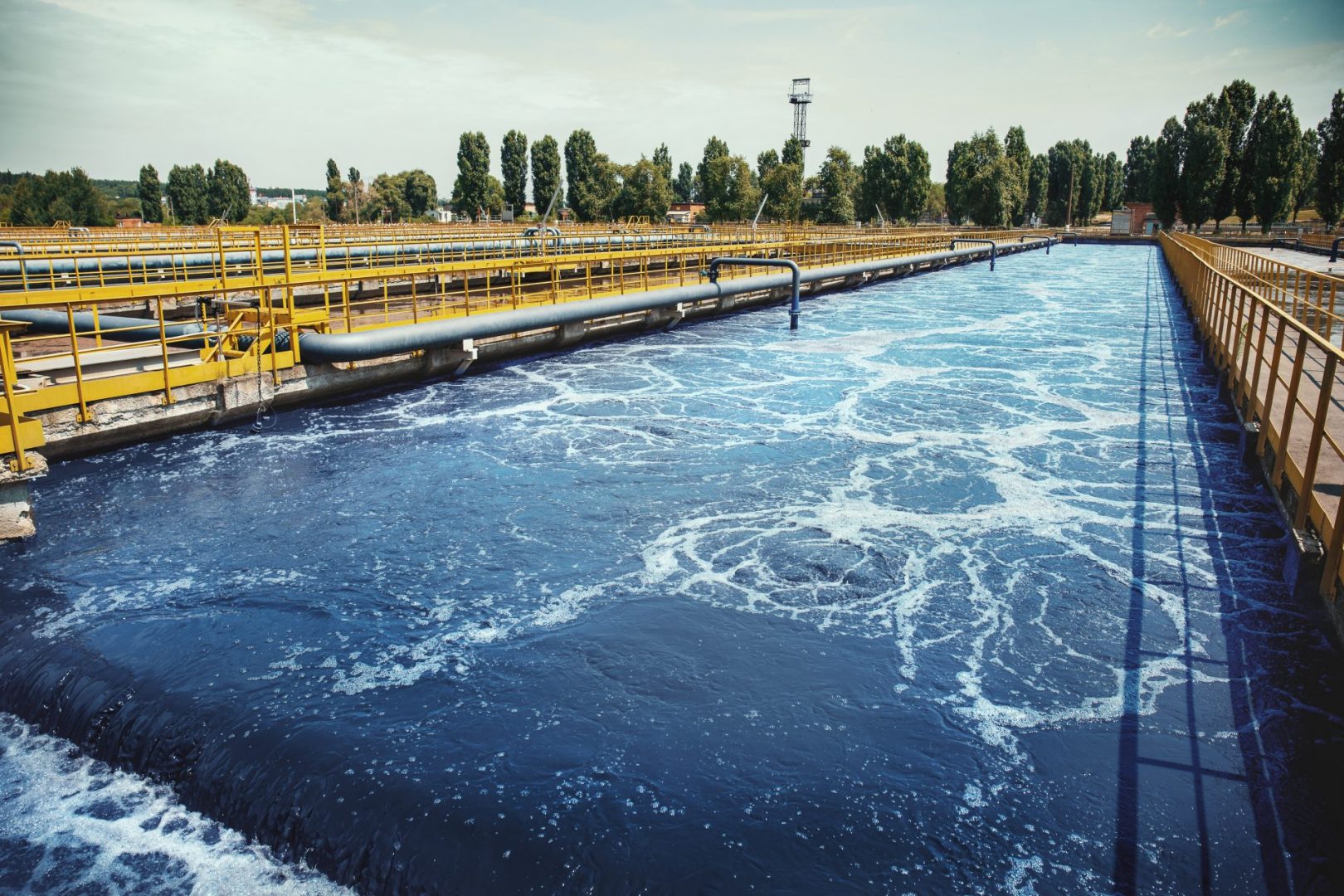Flood risk is an area of global and national concern, with a vast history of flooding across Ireland. While flooding is a natural phenomenon, development within the floodplain has exacerbated the impact of flooding on people, the economy, and the environment, with further intensification due to the impacts of climate change.
 The 2020 UN publication The Human Cost of Disasters 2000-2019 analysed extreme weather events in the 21st century, finding floods affect more people globally than any other hazard, and contribute to 22% of disaster losses. The number of major floods in the last 20 years (2000-2019) was found to have more than doubled from the previous 20 years (1980-1999), demonstrating the rising frequency of flood hazards.
The 2020 UN publication The Human Cost of Disasters 2000-2019 analysed extreme weather events in the 21st century, finding floods affect more people globally than any other hazard, and contribute to 22% of disaster losses. The number of major floods in the last 20 years (2000-2019) was found to have more than doubled from the previous 20 years (1980-1999), demonstrating the rising frequency of flood hazards.
Climate change projections indicate increased temperatures, variability in rainfall and variations in the frequency and magnitude of extreme weather events, with impacts on the higher risk of flooding. It is important to plan for these effects and implement resilient measures that mitigate them and those forthcoming in the future, providing long-term, sustainable benefits.
These growing challenges require smarter solutions, looking for flood risk management solutions that work with the river, not against it.
Flood risk measures must adapt along with the risk itself, shifting from protection to management, prevention, and preparedness.
In September 2021, the International Guidelines on Natural and Nature-Based Features for Flood Risk Management were published, providing a tool for the adoption of these methods and supporting resilience and flood risk reduction into the future.
Nature-based flood relief measures focus on using natural features to decrease flood risk, including promotion of flood storage, vegetation and channel management, and runoff management. Moreover, design-based flood relief measures are becoming increasingly recognised as a resilient, balanced method of flood management which works with natural river processes to mitigate flood risk. These methods are more cohesive and look at the interconnectivity between the catchment, the river, and society. Design based methods for major cities include retention in green spaces and cark parks, and features such as water stairs, which create water-side public spaces while creating room for the river.

Implementation of nature and design-based flood management measures creates cities that are more resilient to climate change, promote biodiversity, and incorporate water features as a part of the community. In major events, these measures create smooth transitions, rather than abrupt breaches/failures, reducing the risk associated with flood hazards. Further, these approaches adapt with increasing risk, in contrast to hard defences needing to be built higher and higher. These methods provide opportunities for the future of Irish rivers, promoting connectivity with water features and resiliency in communities.
However, the value of traditional flood defences and the protection they provide should not be dismissed. Where traditional flood defences are utilised, these measures can adapt and can be augmented to promote biodiversity, recreation, and public amenity. Enhanced flood wall materials can be utilised to improve fish and shellfish habitats, and habitat biodiversity, while improving structural design life and energy dissipation. Similarly, retrofits can be added to traditional walls to improve biodiversity and create learning and recreational opportunities for the public.
As flood hazards and climate change increase risk to communities across Ireland, Irish flood risk management has the opportunity to evolve, with growing guidance to adopt these methods and create more resilient solutions.



